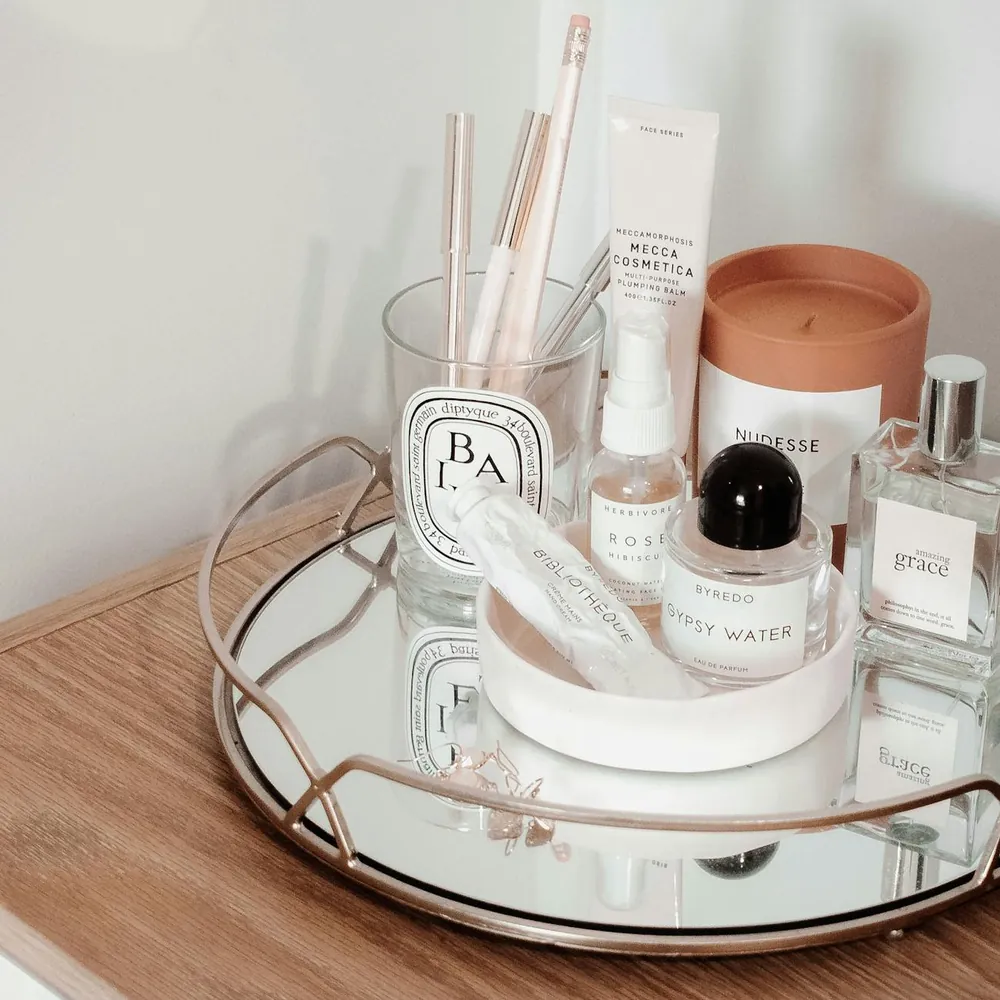Comprehensive Guide to Customizing Skincare by Skin Type

Understanding Your Skin Type
Before embarking on a journey of customized skincare, it's crucial to accurately determine your skin type. Each skin type—oily, dry, combination, sensitive, or normal—has specific needs and challenges.
Identifying Your Skin Type
Oily Skin: Characterized by enlarged pores, a shiny complexion, and a propensity for blackheads and acne. You may notice your skin feeling greasy within hours of cleansing.
Dry Skin: Often feels tight, rough, or flaky. You might experience more pronounced fine lines and less elasticity.
Combination Skin: A mix of oily and dry patches, typically oilier in the T-zone (forehead, nose, and chin) while the cheeks remain dry.
Sensitive Skin: Prone to redness, itching, burning, or dryness. This type reacts to environmental factors and certain products.
Normal Skin: Balanced, with minimal imperfections. Not too oily or dry.
The Blotting Sheet Test
A simple way to test your skin type at home involves using blotting sheets:
- Step 1: Gently press a clean blotting paper on different areas of your face.
- Step 2: Hold the sheet up to the light to see how much oil is visible.
- If the sheet has little to no oil, you likely have dry skin. If it picks up oil from the forehead and nose only, your skin type is likely combination. If the sheet is saturated with oil, you probably have oily skin.
Choosing Suitable Products for Your Skin Type
Selecting the right products is essential to addressing your unique skincare concerns. Tailor your skincare shelf with these guidelines:
For Oily Skin
- Cleansers: Opt for foaming cleansers that help reduce sebum production without stripping your skin.
- Toners: Look for formulas with salicylic acid or witch hazel to help control oil.
- Moisurizers: Choose lightweight, non-comedogenic moisturizers. Gel-based formulas work best.
For Dry Skin
- Cleansers: Use creamy or oil-based cleansers that provide hydration while cleaning the skin.
- Toners: Hydrating toners with ingredients like glycerin or hyaluronic acid are ideal.
- Moisturizers: Rich creams that lock in moisture are key. Look for those containing ceramides or shea butter.
For Combination Skin
- Cleansers: Use gentle cleansers that balance the skin without over-drying any areas.
- Toners: Alcohol-free toners can help in maintaining hydration without stripping oils from drier parts of your face.
- Moisturizers: Consider using different products on different areas; for example, a light gel on your T-zone and a richer cream on your cheeks.
Developing a Seasonally Adaptive Routine
Your skin's needs can change with the seasons, and your routine should adapt accordingly. Here's how to adjust throughout the year:
Winter
The cold months often bring dryness due to lower humidity levels and indoor heating. Use thicker creams and add a facial oil to seal in moisture. Humidifiers can also aid in maintaining skin hydration levels.
Summer
In warmer months, switch to lighter moisturizers and incorporate more frequent exfoliation to combat sweat and oil buildup. Ensure you're using adequate SPF protection daily.
Spring & Fall
These transitional seasons are perfect for assessing your skin’s changing needs. As temperatures shift, swap products gradually, introducing richer textures as you head into winter or lighter formulas as summer approaches.
The Mini-Framework for Customized Skincare
- Identify Your Skin Type: Use methods like the blotting sheet test or professional evaluations if necessary.
- Select Suitable Products: Choose formulations specific to your skin type and its particular needs.
- Create a Routine: Establish a morning and evening routine adapted for seasonal changes. Don't forget weekly treatments like masks or exfoliants based on current skin conditions.
This framework simplifies tailoring your skincare regimen while ensuring that you address both day-to-day needs and long-term health of your skin. The ultimate goal is a well-nourished and balanced complexion, achieved through consistency and mindful product selection.
